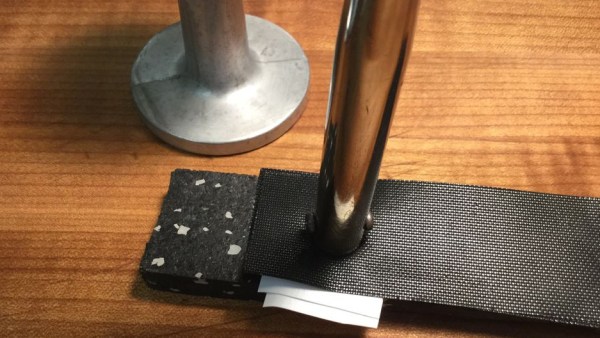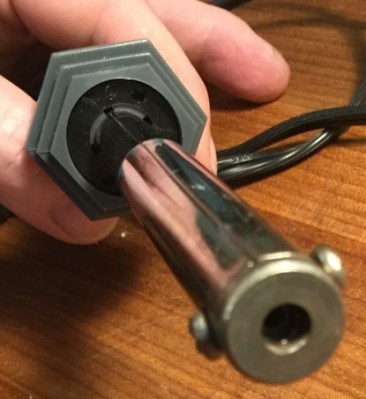It’s high summer here in North America, and for a lot of us, this one has been a scorcher. Media reports have been filled with coverage of heat wave after heat wave, with temperature records falling like dominoes.
But as they say, it’s not the heat, it’s the humidity, and that was painfully true in the first week of July as a slug of tropical air settled into the northeast United States. With dewpoints well into the 70s (25°C plus) and air temperatures pushing the century-mark (38°C), people suffered and systems from transportation to the electrical grid strained under the load. But as punishing as such soupy conditions are for people, there are other effects that are less well known but of critical importance to financial markets, where increased humidity can lead to billion-dollar losses for markets. Welcome to the weird world of high-frequency trading.






















